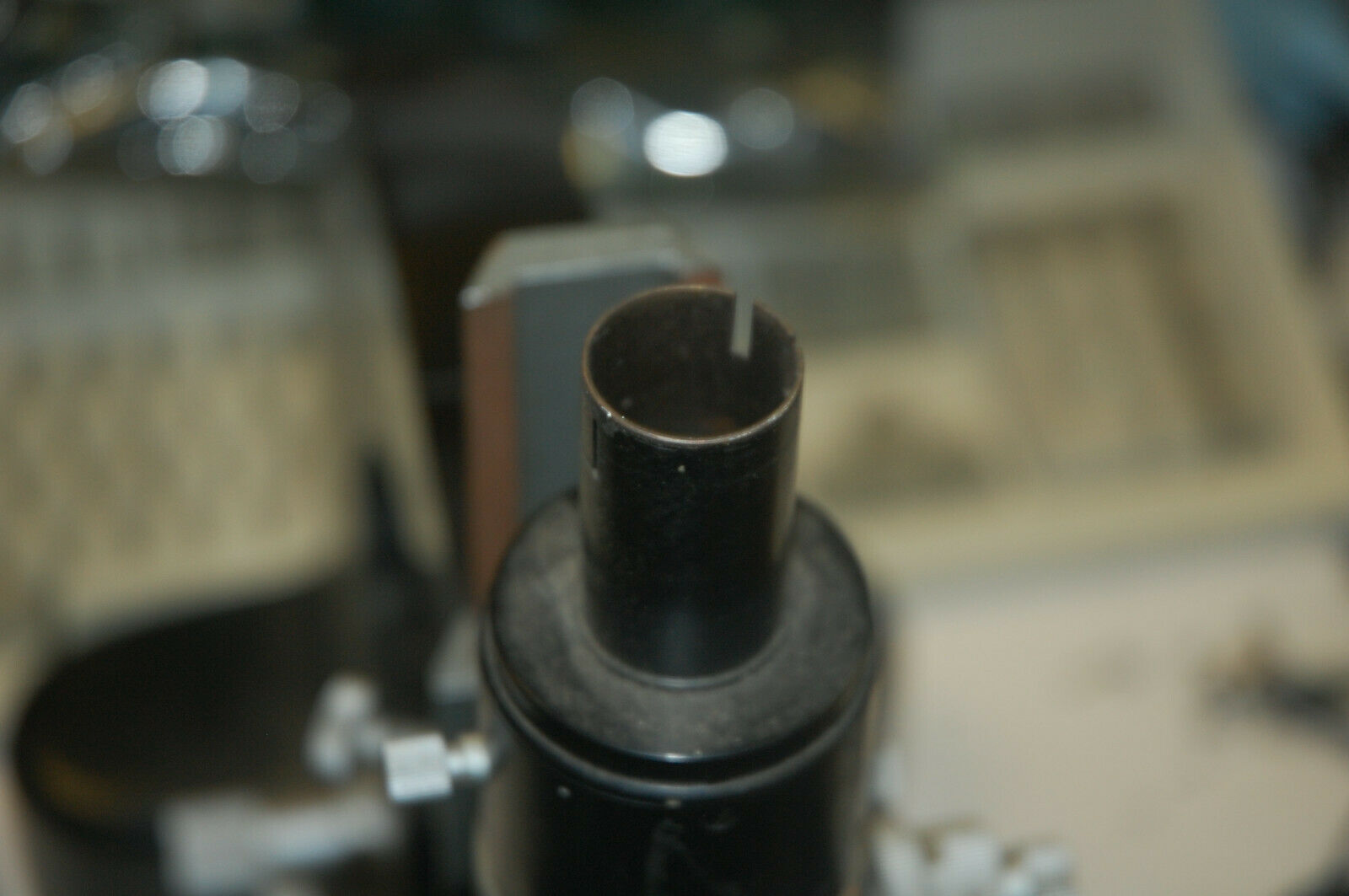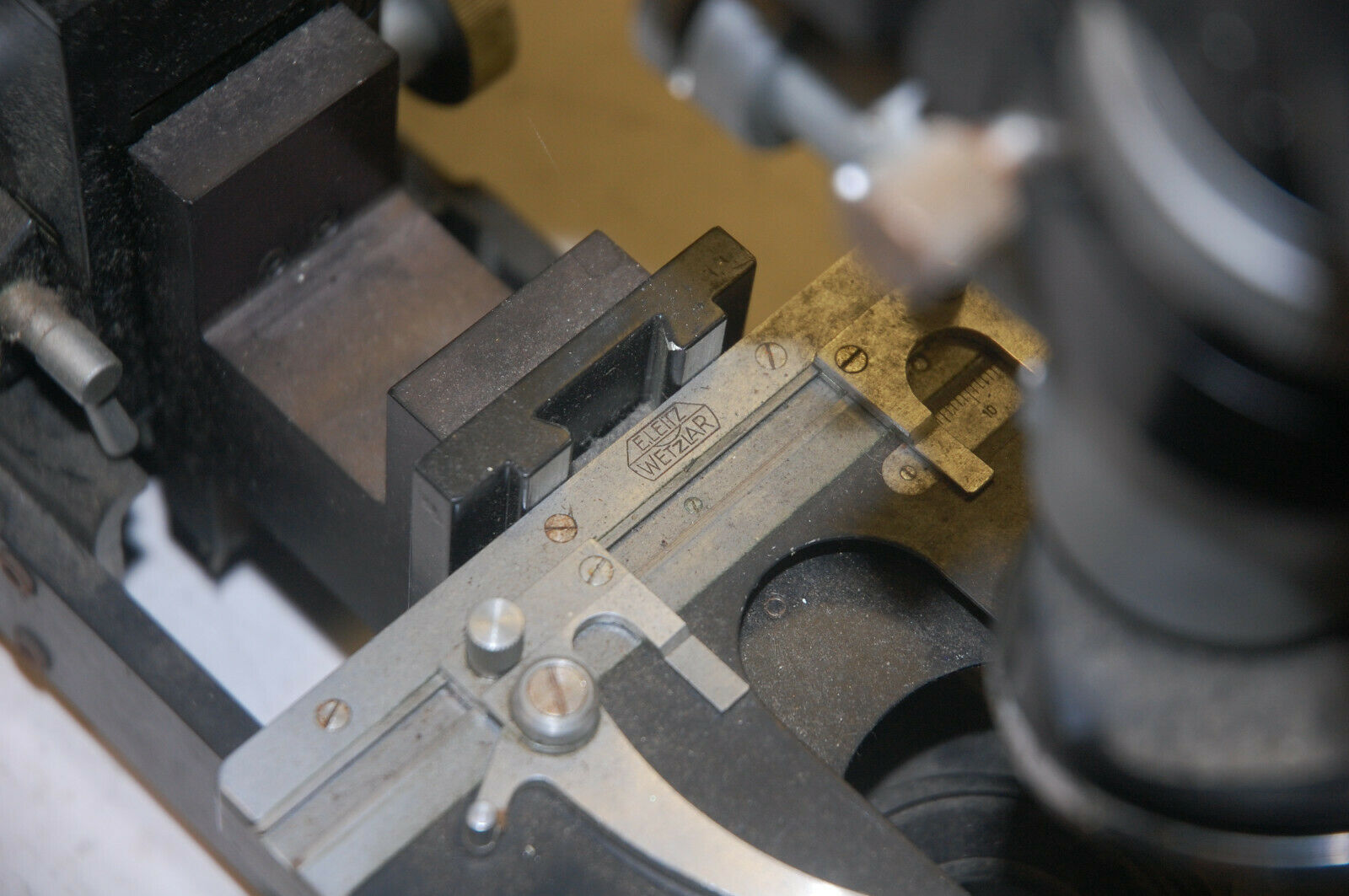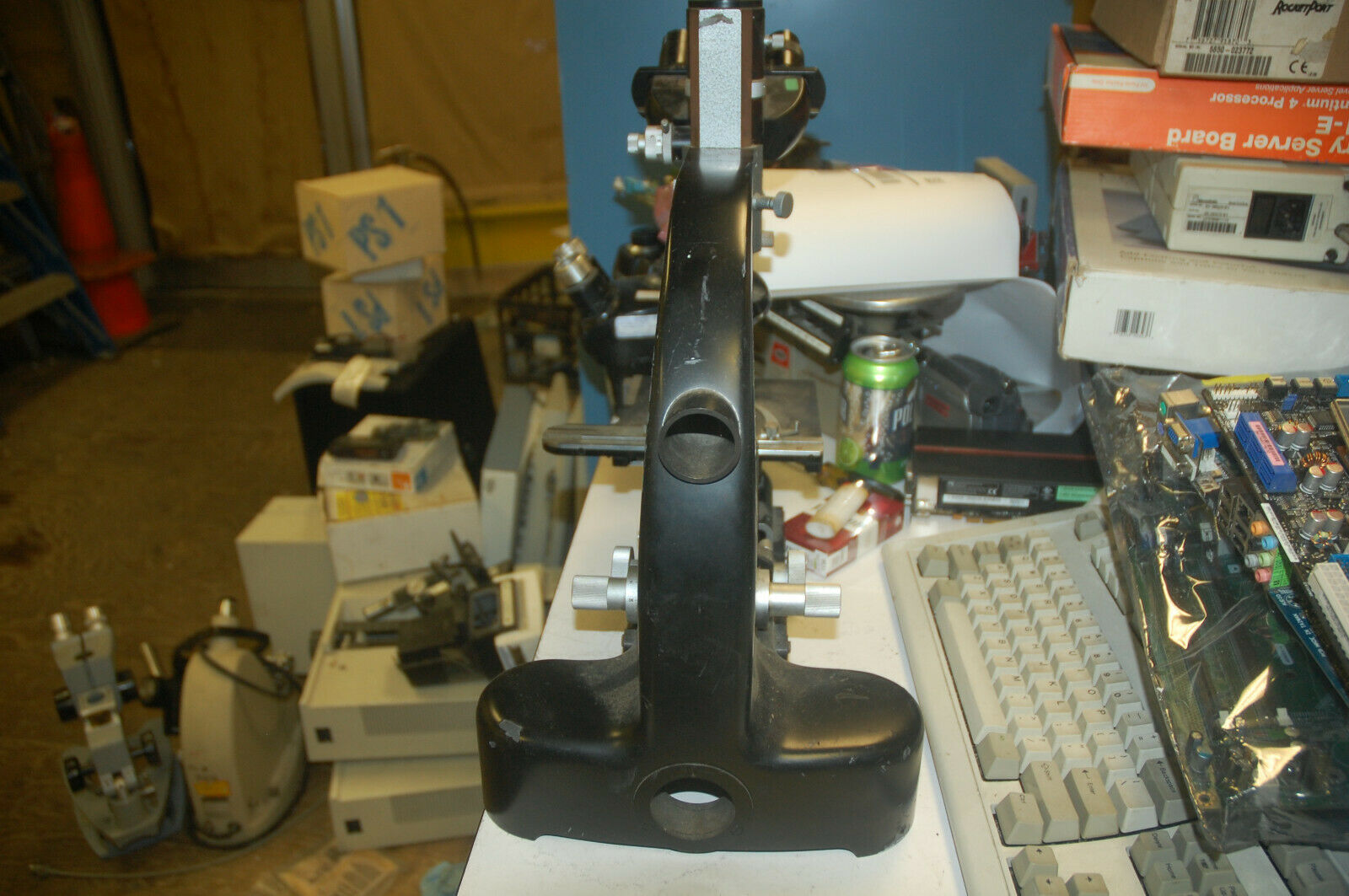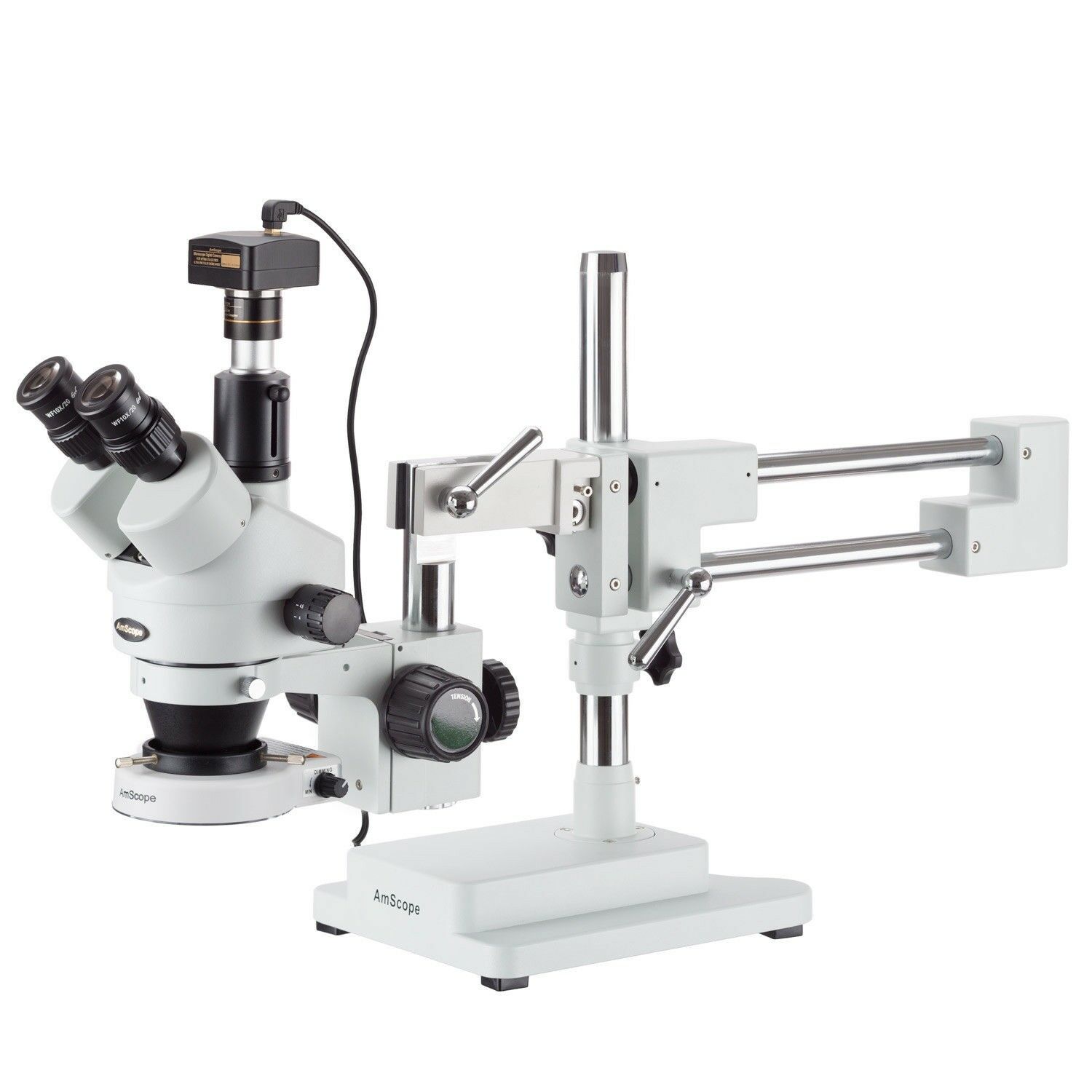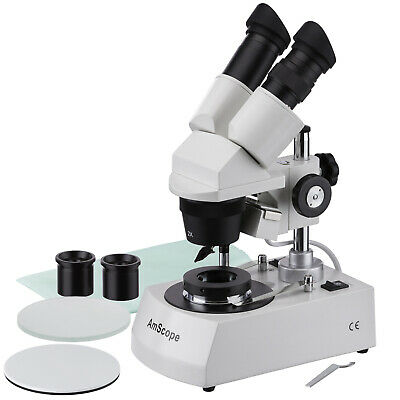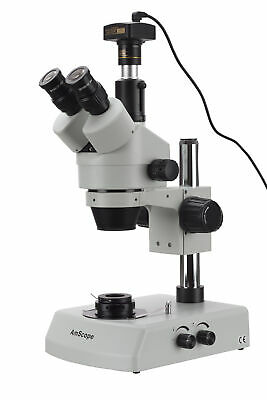-40%
Vintage Leitz Ortholux Trinocular Polarizing Microscope w/many arcane functions
$ 469.92
- Description
- Size Guide
Description
For Sale is a real classic, an absolute tank of a Leitz Ortholux trinocular polarizing microscope. The markings say "Germany" so I'd date it somewhere between 1930 and 1945, although I tend to doubt that something like this was being made in the last few years of the Second World War, so probably 1930-1940 is more realistic. I have received a communication from a fellow eBay-er that Leitz had reached serial No. 700,000 by 1867, and he said that this means the 'scope probably dates to either 1957 or 1868. Both of these strike me as unlikely as it seems too modern for 1868 and is not marked East or West Germany as it likely would have in 1957, however I am not an expert on Leitz optics so I present this information as related to me in addition to my own observations.Update 8/Oct/19:
We have received some communications from a fellow who was himself personally familiar with this unit. From him we learn that it is Ex-Draper Labs (like the Simpson VOMs we also have up, do check our other listings if you are a Draper Labs enthusiast) and that it was modified from the original to facilitate the examination and manipulation of Bubble Memory devices under its optics. Bubble Memory is a rather obscure type of computer memory, and magnets were used in these observations and room was needed to use these magnets, so the upper limb was extended using a spacer block and parts from another Leitz unit, an Aristophot specifically. The base was also cut and extended to match. These modifications were performed by the Dawson Microscope Company, who were Leitz' regional distributor & service center at the time. According to this fellow the unit was in fact made in 1969, from one of the final runs of Ortholux production, which had continued since 1937 uninterrupted, but was actually resumed again in the 1970s when some unfinished castings were discovered and additional units were assembled to partly satisfy the continuing demand for the high-quality units. Further, the stage is not the original stage from the unit, but from an older Ortholux, probably from the 1950s. This is because the stage that was being used at Draper was an entirely custom job suited to their work on bubble memory. This custom device was likely retained, and replaced with whatever one was in stores and it was sent on to do other work or to its next owner, whichever happened. The upper illuminator has also been rotated to the rear so that the lamp can be fixed to the upper limb, and the old Xenon arc lamp assembly could be dispensed with. It can easily be re-oriented to its original position, this is not a permanent modification like those to the base and arm. He also informs us (and is quite likely correct as he was the distributor) that S/N 700,000 was reached in 1967, not 1867! Also that Leitz never bothered to change their stampings/castings to "West(ern) Germany" as they were already there and not affected by the partition of Germany.
This thing is a real beast and it has functions and features I have never seen before in a microscope and don't know how to use or test. It's missing the eyepieces and objectives, but I was able to affect a test with some other eyepieces (NOT INCLUDED!) and simply hand-holding the objective from a scrap B&L StereoZoom, which revealed a nice, clear optical path, although it certainly will need a thorough cleaning if you intend to use this in a production environment or other serious purpose. The extraneous functions were not tested because I simply don't know how to use this thing. The friendly informant also pointed out that there in fact IS an illuminator mounted to this unit (on the nosepiece turret) but that there is no condenser carrier or condenser (I'm not sure if "condenser" in this context means "Capacitor" or something to do with optics). He also pointed out that the configuration and type suggest it was likely applied in the metallurgical fields. We have tested, with a plain light, the path of the illuminators and both pass light through to the stage! Unit is very heavy.


